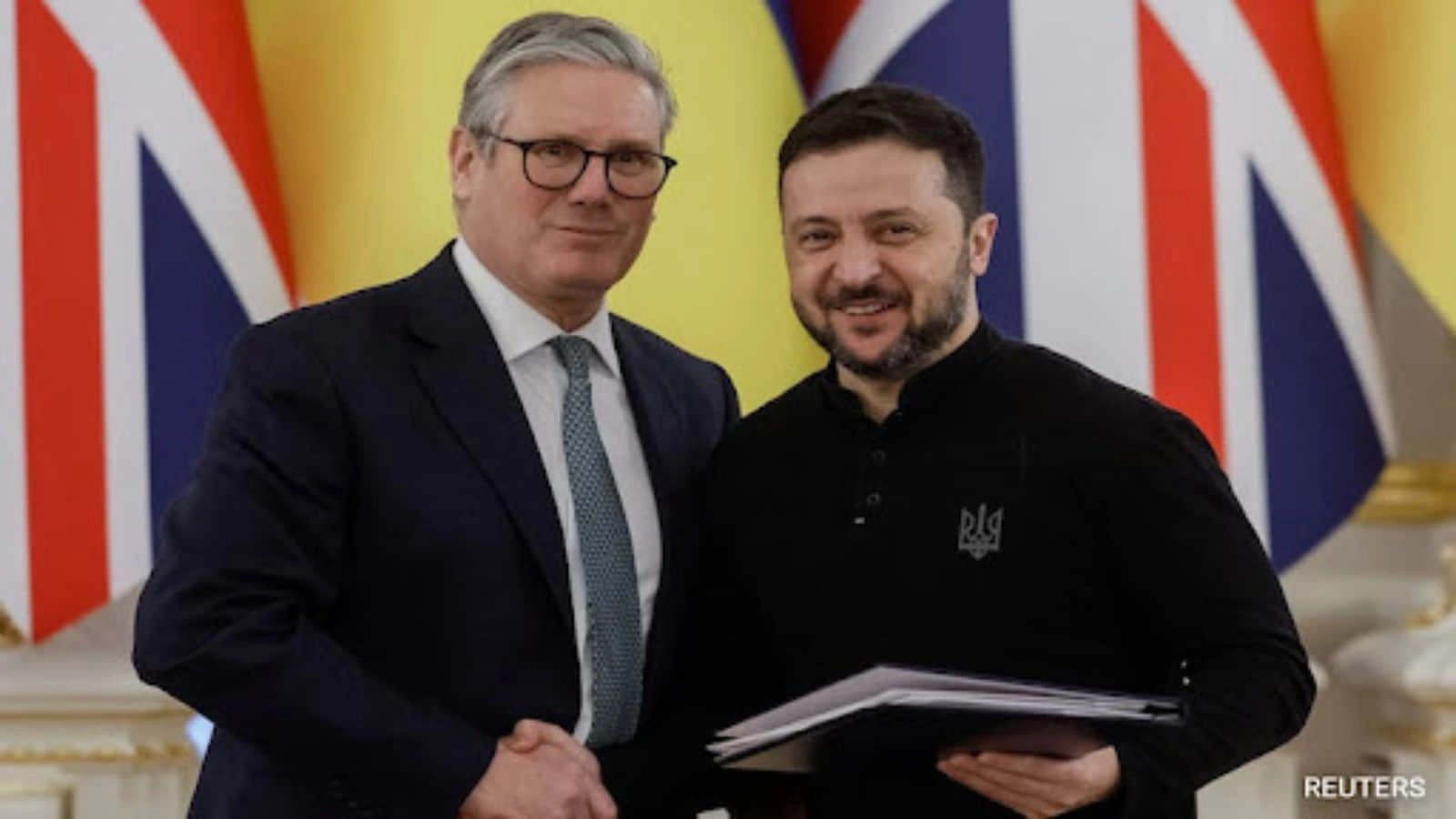In the wake of widespread protests across the United States, questions have arisen regarding the authority of former President Donald Trump to deploy troops to manage civil unrest. The legal framework governing such actions primarily revolves around the Insurrection Act of 1807, which grants the President the power to use federal troops to suppress insurrections and enforce laws when local authorities are unable or unwilling to do so. However, the application of this law is complex and often contentious, raising significant concerns about civil liberties and the potential for excessive use of force.
The Insurrection Act has rarely been invoked in recent history, with its use typically reserved for extreme circumstances. Historically, it has been employed during times of severe civil disorder, such as riots or large-scale protests where there is a clear breakdown of law and order. However, its invocation necessitates that local law enforcement has exhausted all reasonable means to restore order and that the situation presents a direct threat to public safety. Critics argue that deploying troops in response to protests could escalate tensions and undermine the constitutional rights of citizens to assemble and express dissent.
Furthermore, legal scholars emphasize that any deployment of troops must be closely scrutinized to ensure it aligns with constitutional protections. The Posse Comitatus Act of 1878 restricts the use of federal military forces in domestic law enforcement, further complicating the situation. This legislation was designed to prevent the military from becoming a tool of oppression against American citizens. Consequently, while the President possesses the authority to send troops, the legal and ethical implications of such actions must be carefully considered to prevent abuse of power and the erosion of civil rights.
In summary, while U.S. law does allow for the deployment of troops under certain circumstances to quell protests, the decision to do so is fraught with legal complexities and potential ramifications. The balance between maintaining order and protecting civil liberties remains a contentious issue, necessitating a thoughtful and measured approach by any administration considering such drastic measures.




